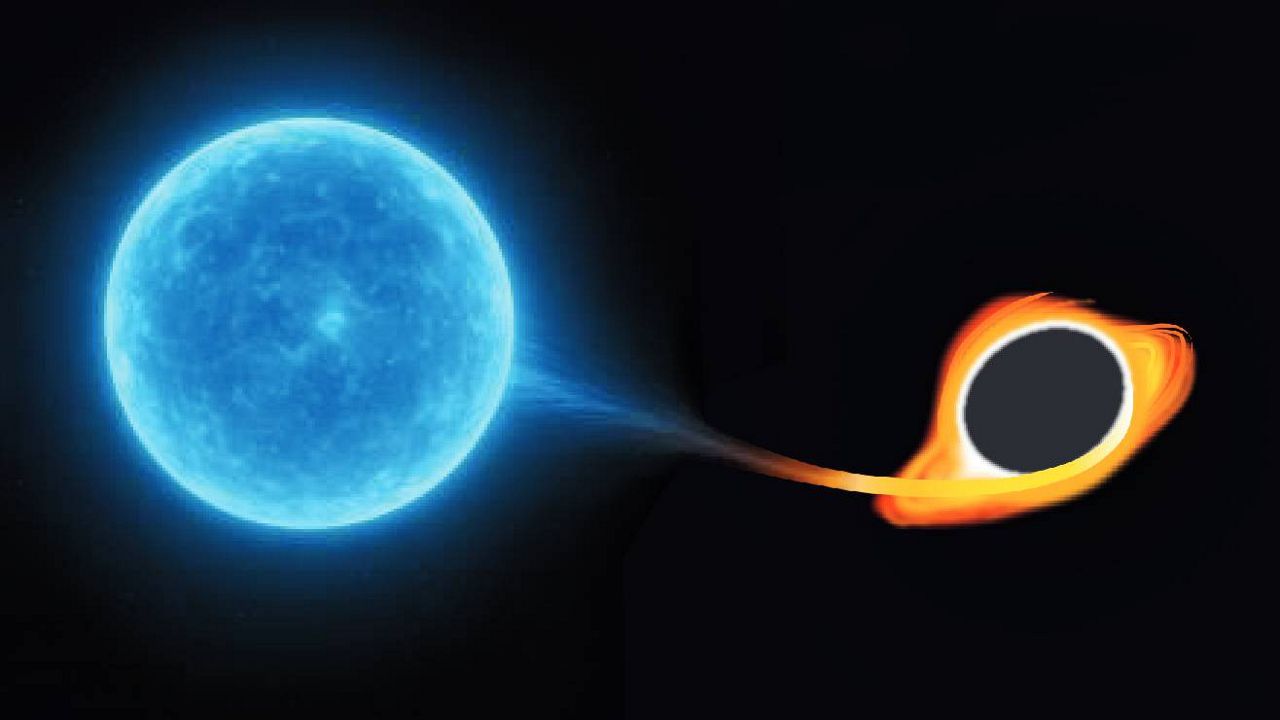In an unusual display of transparency, the state Department of Health released on Tuesday preliminary, unvalidated data of baseline air sampling conducted by the U.S. Environmental Protection Agency in Lahaina and Upcountry Maui.
Sampling data is typically not released until it has been finalized by the lab and undergone quality control/quality assurance validation by an independent third party. However, DOH said it had received support from EPA to release the data “in the interest of transparency.”
The preliminary data is available here and here.
“We received access to the EPA’s preliminary data today and are working with our federal partners to analyze and interpret,” said health director Kenneth Fink. “We understand there is a risk of confusion by releasing preliminary data and without a summary, but we are providing it to the public in the interest of transparency and we’ll work on releasing a summary as soon as possible.”
At the request of DOH and the County of Maui, EPA conducted baseline regulatory air quality monitoring and collected over 100 samples in the Lahaina and Upcountry Maui areas impacted by the wildfires. Baseline air quality monitoring included sampling for specific contaminants including fine particulates (PM2.5 and PM10), volatile organic compounds, asbestos, lead and arsenic.
Air sampling involves the collection of air for laboratory analysis. The purpose of air sampling is to measure how much of a specific contaminant is present in the air over a period of time.
Once the laboratory finalizes the data, it will be validated by an independent group to perform additional quality control/quality assurance checks. The data validation process could take several weeks.
In addition to the laboratory testing, EPA and DOH installed 13 real-time PM2.5 sensors in Lahaina and Upcountry Maui following the wildfires. DOH already has permanent regulatory air quality monitoring stations collecting real-time PM2.5 data, one in Kahului and one in Kihei. These monitors scan for a very fine, dust-like particulate matter, or PM 2.5, which is indicative of ash and dust. Air quality data can be viewed at the AirNow Fire and Smoke Map. fire.airnow.gov.
While the PM2.5 air quality sensors in Lahaina and Upcountry Maui currently indicate the air quality is good, air quality sensors are indicators of the ambient air quality in the areas they are located. DOH notes that disturbances of burned debris may cause ash and dust to become airborne. DOH continues to recommend that those in the areas use masks and other personal protective equipment.
Michael Tsai covers local and state politics for Spectrum News Hawaii. He can be reached at michael.tsai@charter.com.








